Though the Santal constitute one of the largest aboriginal groups in India, there is no scientific monograph on Santal culture. However, a great deal of information about this people is scattered in various journals, official reports, and missionary accounts. Studies in Santal Medicine and Connected Folklore, written by P. O. Bedding, a Scandinavian missionary and published in three parts by the Asiatic Society of Bengal, form the most important source book today.
It is hoped that the present monograph will partially satisfy a long-felt want. Though the bulk of the materials for this book had been collected from a group of four Santal villages near• Santiniketan in the district of Birbhum (Bengal) in 1945, u. also contains the results of observation over a number of years in the two districts of Santal Parganas (in Bihar) and Birbhum. The manuscript had been completed in 1947. A subsequent visit paid towards the end of 1948 to the four Santal villages in Birbhum, previously investigated in 1945, enabled the author to check up the main conclusions arrived at by this study. No revision was found necessary.
But one significant development in Santal life had taken place in the meantime. A section of the Santal belonging to a few villages of Birbhum started, under the influence of some political workers of the neighbourhood of Bolpur, a new movement aimed at stopping the performance of their traditional dances at public fairs and festivals. The sponsors of this new movement thought that such dances in public places lowered the dignity of their women—folk and encouraged immorality. The Santal of the four villages studied in this book did not, however, support this movement. They, on the contrary, insisted on continuing the performance of their dances in the old-stabilized annual fairs held at Kankali—tola, (a village about live miles away) on the occasion of Siva-ratri, a Hindu festival. They argued that it was not these dances, but the employment of Santal female labour in the rice-mills of the district, that were really responsible for the growth of immorality.

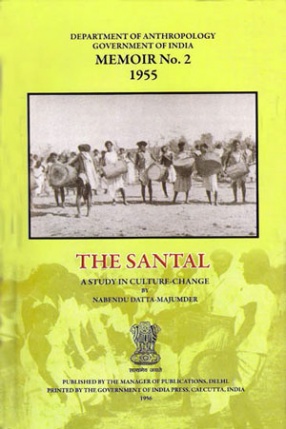
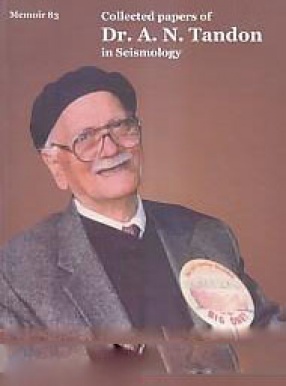
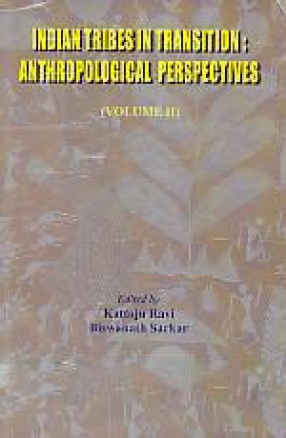
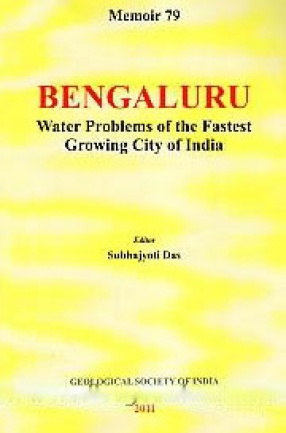
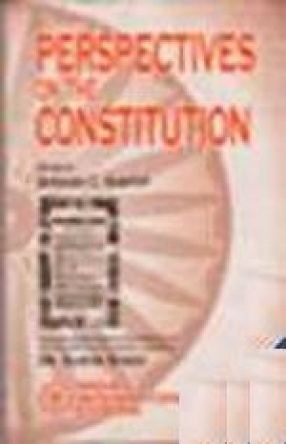


There are no reviews yet.